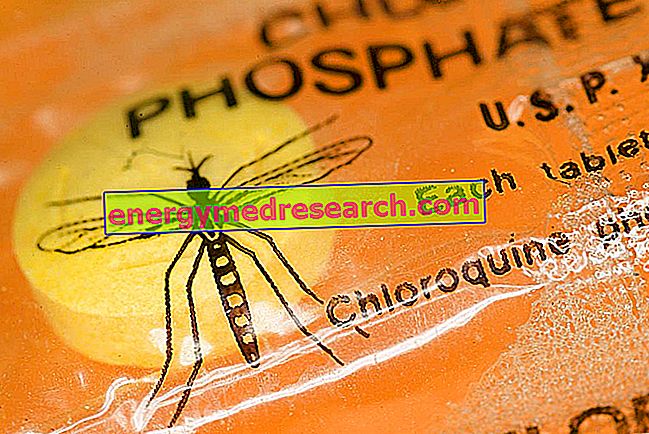Definition
Hemolytic uremic syndrome (HUS) is a potentially lethal disease characterized by thrombocytopenia and haemolytic anemia. The disorder mainly affects children, in which it most frequently induces acute renal failure.
In the hemolytic-uremic syndrome there is a non-immunological destruction of the platelets: filaments composed of von Willebrand factor (VWF) or fibrin are deposited diffusely in the small vessels and mechanically damage the platelets and red blood cells that pass through them.
At the same time, several organs are affected by the formation of diffuse thrombi, composed of platelets and fibrin, especially at the level of arteriolo-capillary junctions. The phenomenon, called thrombotic microangiopathy, particularly affects the brain, heart and kidneys.
In pediatric age, most cases are due to episodes of acute hemorrhagic colitis induced by Shiga toxin-producing bacteria (such as Shigella dysenteriae and Escherichia coli O157: H7).
In adults, however, many cases are idiopathic, so the haemolytic-uremic syndrome appears suddenly and spontaneously without obvious causes. Possible known causes include adverse reactions to certain drugs (quinine, immunosuppressant and chemotherapeutic drugs) and entero-haemorrhagic E. coli colitis. Hemolytic-uremic syndrome can also occur during pregnancy, where it is often indistinguishable from pre-eclampsia (or gestosis).
Another predisposing factor is the congenital or acquired deficiency of the plasma enzyme ADAMTS13, belonging to the metalloprotease family, which splits von Willebrand factor (VWF) by eliminating multimers of anomalous size capable of causing smaller platelet thrombi.
Most common symptoms and signs *
- Anemia
- Anuria
- Arrhythmia
- Coma
- Diarrhea
- Abdominal pain
- Bruising
- Edema
- Hematemesis
- Temperature
- Hypertension
- Jaundice
- Lethargy
- Melena
- Nausea
- oliguria
- Pallor
- thrombocytopenia
- Proteinuria
- Blood in the stool
- Blood in the urine
- Drowsiness
- Confusional state
- steatorrhea
- Dark urine
- Cloudy urine
- He retched
Further indications
Hemolytic uremic syndrome is characterized by thrombocytopenia and microangiopathic hemolytic anemia.
Ischemic manifestations develop in different organs, with varying severity, and can lead to symptoms such as: weakness, abdominal pain, nausea, vomiting, diarrhea (often blood) and arrhythmias from myocardial damage. In addition, fever and signs of the central nervous system may occur, such as alterations in the level of consciousness (confusional state and coma).
Decreased renal function may occur with less urine excretion (oliguria), proteinuria, hematuria, hypertension and edema. The combination of hemolysis and hepatocellular damage, on the other hand, produces a floating jaundice.
The diagnosis is obtained by highlighting specific laboratory abnormalities, including the demonstration of a negative haemolytic anemia in the Coombs test. In particular, the examination of the urine and the peripheral smear, the reticulocyte count, the serum LDH dosage, the study of renal function and the dosage of serum bilirubin (both direct and indirect) must be performed.
The diagnosis of haemolytic-uremic syndrome is therefore suggested by the finding of severe thrombocytopenia, the presence of fragmented red blood cells at the peripheral smear (typical alterations of microangiopathic hemolysis include the presence of red blood cells of distorted appearance and triangular shape, helmet cells ) and evidence of haemolysis (reduction of Hb, polychromasia, increase in reticulocytes, elevated serum LDH levels). These findings are associated with characteristic ischemic pathological lesions of various organs.
Hemolytic-uremic syndrome is often indistinguishable from syndromes that cause a similar thrombotic microangiopathy, such as scleroderma, pre-eclampsia, malignant hypertension and acute rejection reaction to renal allograft.
The haemolytic-uremic syndrome associated with diarrhea caused by enterohemorrhagic infection usually regresses spontaneously and is treated with supportive therapy. In other cases, untreated hemolytic uremic syndrome is almost always fatal.
Treatment with plasmapheresis, corticosteroids (in adults) and hemodialysis (in children) correlates with complete recovery in most patients (> 85%). In patients with relapses, more intense immunosuppression by rituximab administration may be effective.


